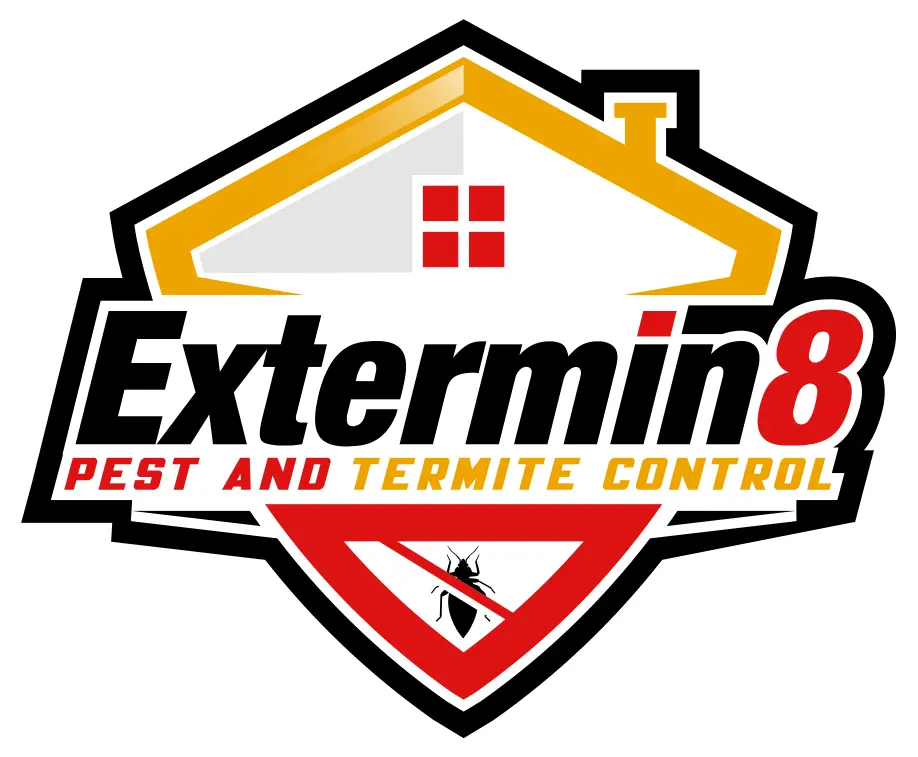The 5 Most Common Rodents in Coachella Valley
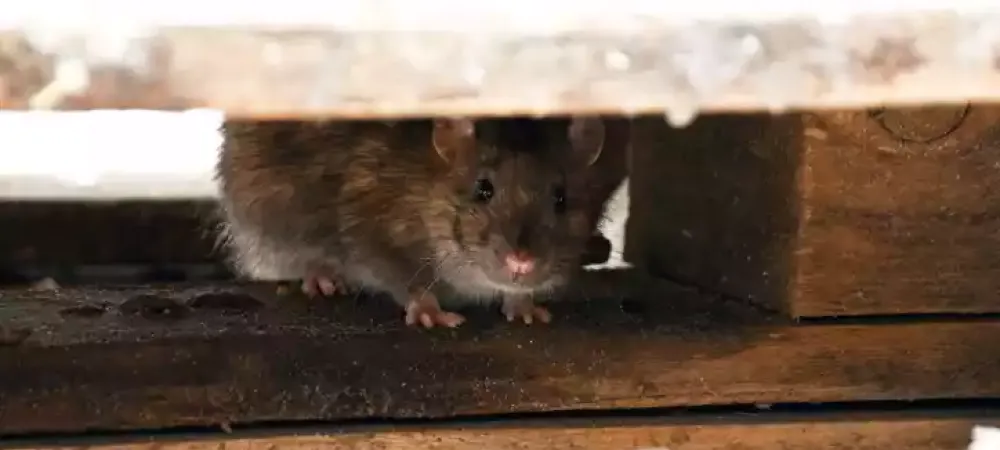
If you live in Coachella Valley, you already know the desert environment is home to a variety of wildlife—some welcome, some not so much. Rodents are among the most common pests to invade homes, garages, and outdoor spaces. Identifying which rodent you’re dealing with is the first step to understanding the risk to your home.
Here’s a helpful guide to the most common rodents found in Coachella Valley, along with key identification tips to help you recognize them on sight (or by signs they leave behind).
1. Roof Rats (Black Rats)
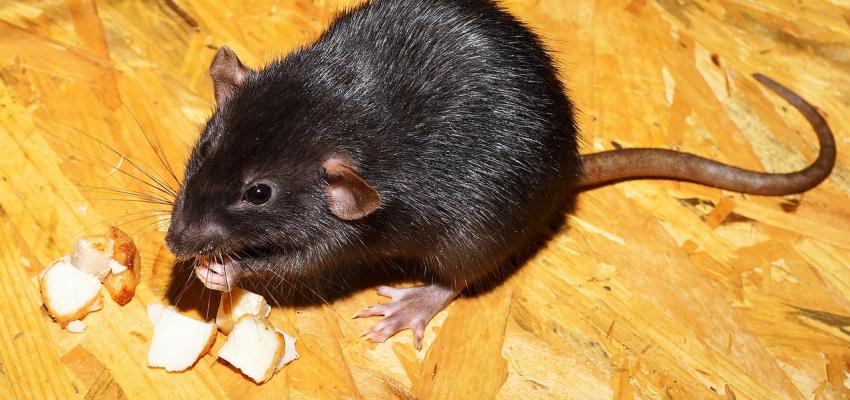
Roof rats are the most common culprits in residential neighborhoods, especially where citrus trees and palm trees are plentiful. They are sleek, quick climbers and are almost always heard up high—in attics, walls, or rooftops. Their slender build and long tail make them easy to tell apart from their stockier cousins.
- Scientific Name: Rattus rattus
- Size: 12 to 16 inches long (including tail); slender body
- Color: Dark brown to black with a pale belly
- Tail: Long, scaly tail—longer than the combined head and body length
- Diet: Fruits (especially citrus), nuts, bird seed, pet food
- Nesting Habits: Attics, rooftops, dense vegetation; rarely burrow
- Activity: Strictly nocturnal; often heard running in attics after dark
- Notable Signs: Pointed droppings, greasy marks on walls, noises in the ceiling
2. House Mice
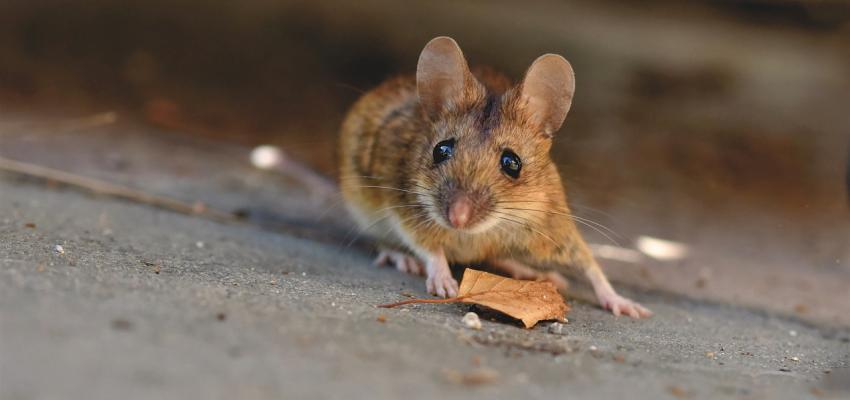
House mice are small, fast, and curious. They are most likely to be found inside kitchens, garages, or storage areas, making themselves comfortable anywhere with food and warmth. Their tiny size, dusty-gray color, and quick movements make them relatively easy to identify indoors.
- Scientific Name: Mus musculus
- Size: 5 to 7 inches long (including tail); very small and slender
- Color: Light brown to gray with a whitish underbelly
- Tail: Long and thin, typically equal to or slightly longer than the body
- Diet: Grains, crumbs, seeds, human food scraps
- Nesting Habits: Indoors in hidden, enclosed spaces like cabinets, walls, or stored boxes
- Activity: Mostly nocturnal but may occasionally be active in the early evening
- Notable Signs: Tiny rod-shaped droppings (about ¼ inch), small gnaw marks, musky odor in confined spaces
3. Desert Pack Rats (Woodrats)
Pack rats are unique desert dwellers known for building large, messy stick nests and their odd habit of stealing shiny objects. Larger than house mice and with furry tails, these rodents are often more noticeable around outdoor sheds, garages, and desert landscaping.
- Scientific Name: Neotoma lepida
- Size: 12 to 16 inches long (including tail); medium-sized with a stocky build
- Color: Light brown or gray with a white belly and noticeably furry tail
- Tail: Shorter and furrier than roof rats; not scaly
- Diet: Seeds, plant material, cactus pads, sometimes pet food
- Nesting Habits: Large nests of sticks and debris outdoors, sometimes in garages or storage sheds
- Activity: Nocturnal scavenger; known for collecting objects
- Notable Signs: Large, conspicuous stick nests (middens), shiny objects disappearing, large oval droppings
4. Kangaroo Rats
Kangaroo rats are more often found in undeveloped desert areas but occasionally wander onto nearby properties. They’re unmistakable due to their long tufted tail, big back feet, and hopping gait, making them look more like tiny desert kangaroos than typical rodents.
- Scientific Name: Dipodomys deserti
- Size: 9 to 14 inches long (including tail); small but with large hind legs
- Color: Sandy brown with a pale white belly
- Tail: Very long with a tufted tip, used for balance when hopping
- Diet: Seeds, grains, and desert plant matter
- Nesting Habits: Burrowers; dig tunnels in sandy soil, usually outdoors
- Activity: Strictly nocturnal; rarely seen during the day
- Notable Signs: Tiny burrow entrances near desert landscaping, hopping tracks in soft soil
5. Norway Rats (Brown Rats)
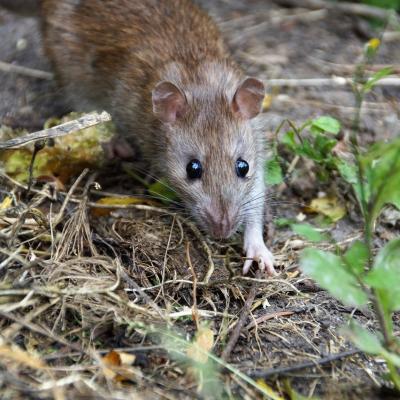
Norway rats are larger, bulkier, and more destructive than other rodents. While less common in desert areas, they can be a problem near irrigation canals, golf courses, or areas with open water. Their blunt nose, shorter tail, and heavy body are key identification markers.
- Scientific Name: Rattus norvegicus
- Size: 14 to 18 inches long (including tail); heavy and thick-bodied
- Color: Brown or grayish with a lighter belly
- Tail: Shorter than their head and body, thick and scaly
- Diet: Anything edible—garbage, pet food, grains
- Nesting Habits: Burrows in soil, under foundations, or lower levels of buildings
- Activity: Nocturnal, often seen near ground level or around trash areas
- Notable Signs: Large blunt-ended droppings (¾ inch), burrow entrances near foundations, gnaw marks on baseboards and wires
Need Help Identifying or Removing Rodents?
If you’ve spotted any of these rodents—or signs of them—around your home, Extermin8 is here to help. As a locally owned and operated company serving the Coachella Valley, we understand the unique rodent challenges that come with living in our desert environment. Whether you’re dealing with roof rats in your attic, pack rats nesting in your yard, or mystery droppings in your pantry, our team can quickly and accurately identify the culprit.
Extermin8’s Rodent Control Program
Our comprehensive rodent control program is designed to eliminate current infestations and prevent future ones. Here’s what you can expect:
- Thorough Inspection — We identify nesting sites, entry points, and activity zones.
- Targeted Trapping & Removal — Safe, effective removal of rats, mice, and other rodents.
- Exclusion Work — We seal up entry points to stop rodents from getting back in.
- Ongoing Monitoring & Maintenance — Optional ongoing services to keep your home protected year-round.
- Local Expertise — We specialize in desert pest control and understand what works best in Coachella Valley neighborhoods.
Ready to reclaim your home from rodents? Contact Extermin8 today for a free inspection or to learn more about our rodent control services!
